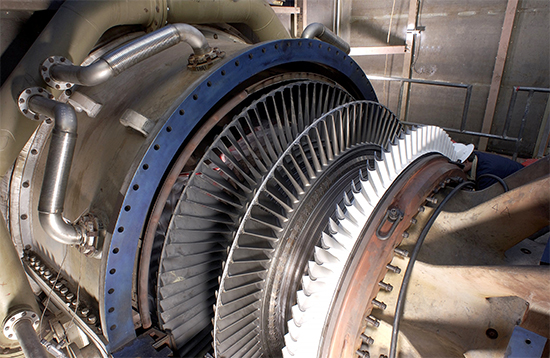THERMAL BARRIER COATINGS MARKET - GROWTH, TRENDS, COVID-19 IMPACT, AND FORECASTS 2021 - 2026

Overview of the Market
The Thermal Barrier Coatings Market was worth USD 969 million in 2021, and it is expected to grow at a CAGR of over 5% over the next five years (2021-2026).In 2020, the COVID-19 pandemic will have a negative impact on the market. Various end-user industries, such as aerospace and automotive, were temporarily shut down around the world due to the pandemic scenario during government-imposed lockdowns. Furthermore, due to the COVID-19 epidemic, aeroplane manufacturers had serious manufacturing problems, which damaged the market analysed, as demand slowed due to suspended international flights. In addition, demand for repairing aeroplanes, particularly turbine engines, has decreased as a result of less maintenance being required.
The need for thermal barrier coatings, which are used to protect aerospace turbine blades and other turbine engine parts from oxidation and corrosion caused by high temperatures, as well as melting and thermal cycling, has decreased as a result of the aforementioned issues. Aside from the aerospace industry, demand for thermal barrier coatings has decreased in racing cars and other high-performance premium autos, as a result of several motorsport events being cancelled or postponed due to the pandemic.
In the short term, demand for the Thermal Barrier Coatings Market researched is expected to increase in the future years due to the advancement of vapour deposition technology. Furthermore, the transition from coal to natural gas-fired power generation, as well as the building of new power plant infrastructure, are likely to boost demand for thermal barrier coatings in the coming years.
On the other hand, significant raw material price volatility and unfavourable conditions resulting from COVID-19's influence are projected to limit demand for the market under consideration.
The industry analysed is projected to benefit from technical developments in the end-user market and growing applications in the aerospace sector.
The global market has been controlled by North America. Asia-Pacific, on the other hand, is expected to develop at the fastest rate during the projection period.

Comments
Post a Comment